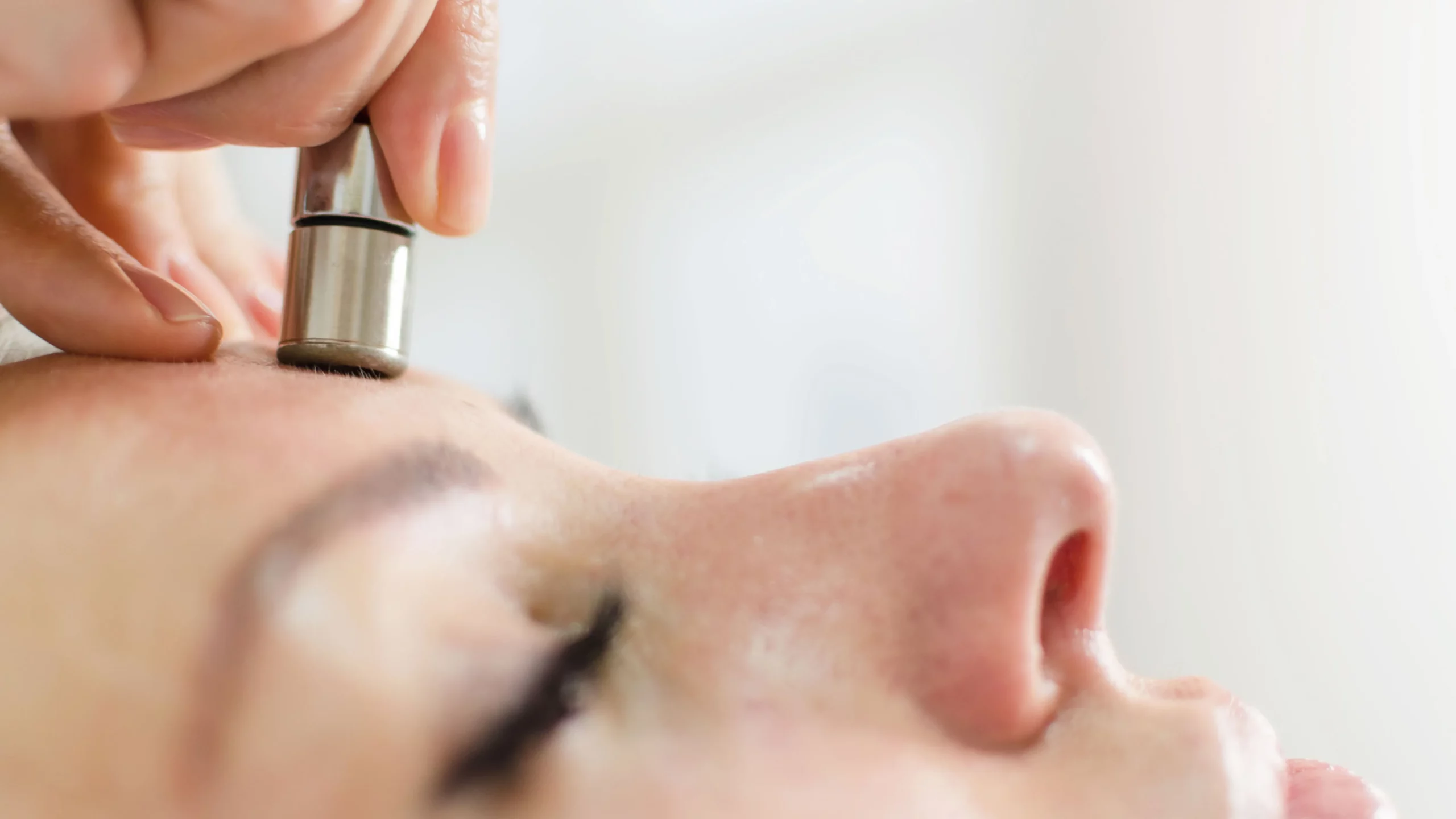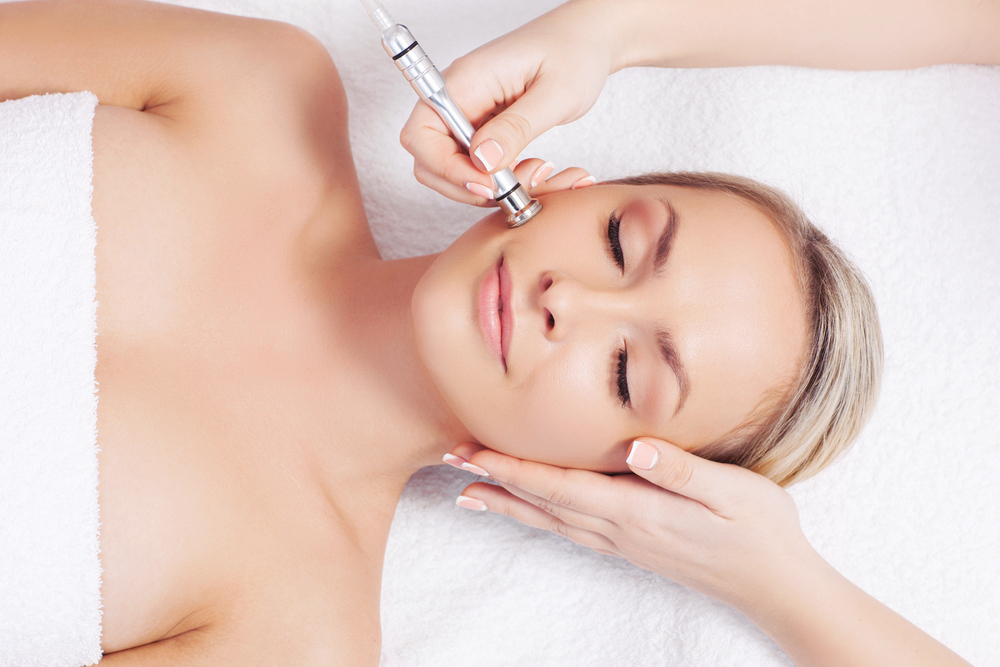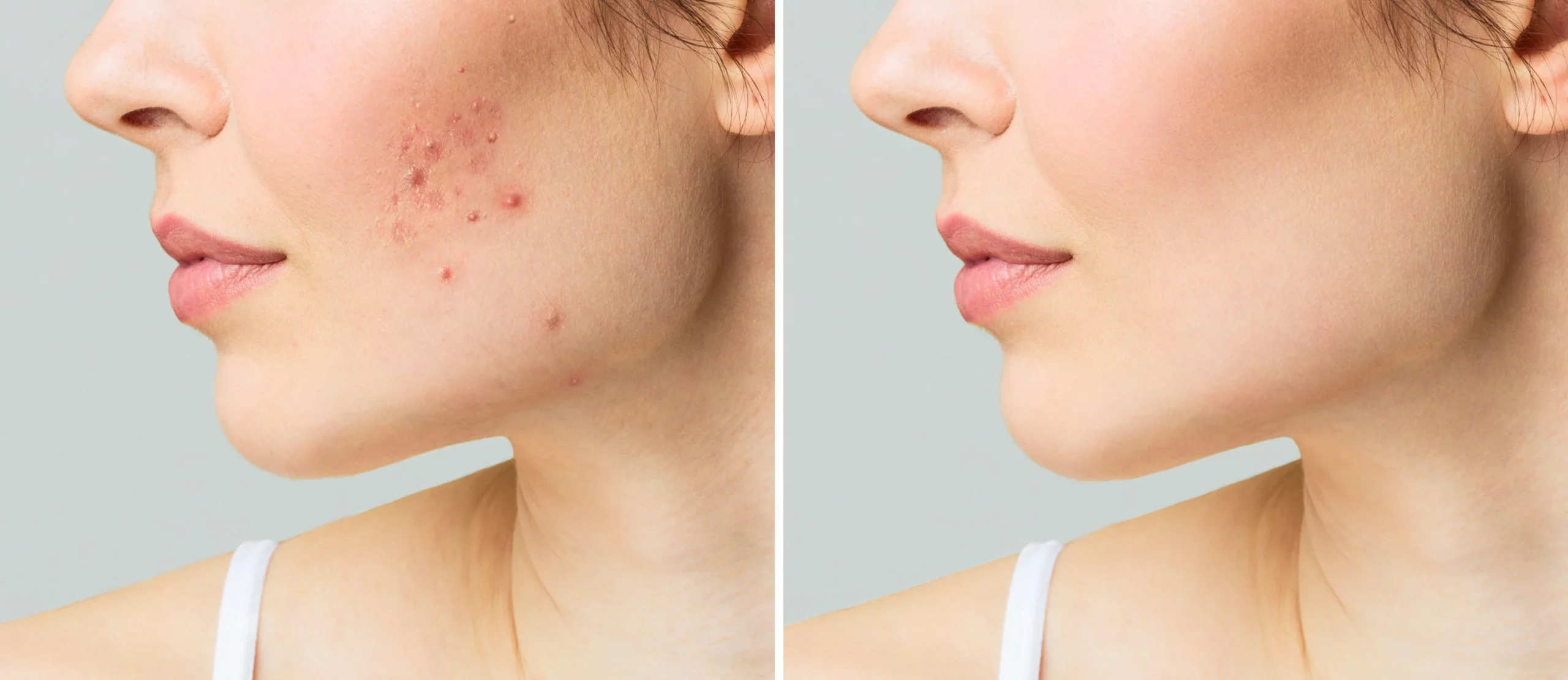Introduction
The quest for youthful, radiant skin has long been a pursuit of individuals from all walks of life. In this journey towards achieving a flawless complexion, one cosmetic procedure has gained considerable popularity – the Microdermabrasion facial. This revolutionary treatment offers a non-invasive solution to various skin concerns, leaving individuals with refined and rejuvenated skin.
Definition of Microdermabrasion Facial
A Microdermabrasion facial is a skincare procedure that involves the gentle exfoliation of the outer layer of skin using microcrystals or diamond tips. It is performed to improve the texture, tone, and overall appearance of the skin. By removing dead skin cells and stimulating collagen production, this treatment promotes cell turnover and reveals fresh, glowing skin.
Brief history and origins of Microdermabrasion
The concept behind Microdermabrasion can be traced back to ancient Egypt when Queen Cleopatra utilized natural substances like pumice stone and alabaster to scrub her skin and maintain its smoothness. However, it wasn’t until the 1980s that modern-day Microdermabrasion was developed as an effective cosmetic procedure. In 1985, Italian dermatologists Drs.
Mattioli and Brutto introduced a technique called “micro-pulverization,” which involved using tiny crystals to exfoliate the topmost layer of the epidermis. Their method paved the way for further advancements in technology and techniques related to Microdermabrasion.
Over time, various types of equipment have been developed for performing this treatment, including machines that use crystal-based systems as well as those utilizing diamond tips instead. These technological advancements have led to increased precision and effectiveness in targeting specific skin concerns such as dark spots, acne scars, and dull, dry skin.
Understanding the Science behind Microdermabrasion
Explanation of the skin’s natural exfoliation process
The skin’s natural exfoliation process is a vital part of maintaining healthy and vibrant skin. The outer layer of our skin, known as the epidermis, continually sheds dead skin cells to make way for new cells.
This shedding process, called desquamation, helps to keep our skin looking fresh and rejuvenated. However, various factors such as aging, environmental aggressors, and certain skin conditions can disrupt this natural exfoliation process.
How Microdermabrasion enhances and accelerates exfoliation
Microdermabrasion is an innovative cosmetic procedure that assists in enhancing and accelerating the exfoliation process of the skin. By using either abrasive crystals or diamond tips in a controlled manner, microdermabrasion gently removes the outer layer of dead cells from the epidermis.
The mechanical friction created during this treatment not only aids in sloughing off dead skin but also helps to unclog pores that may be congested with excess sebum or dirt. This non-invasive procedure creates a controlled trauma on the surface of the skin, prompting it to initiate its healing response mechanism.
As a result, new collagen production is stimulated, leading to firmer and more youthful-looking skin. Additionally, microdermabrasion improves blood circulation in the treated areas, promoting oxygenation and delivery of essential nutrients to support healthy cell renewal.

Discussion on the different types of Microdermabrasion techniques
Microdermabrasion treatments come in various forms tailored to accommodate different individuals’ needs and specific skin concerns. One common type is crystal microdermabrasion where fine aluminum oxide crystals are sprayed onto the skin through a handheld device while simultaneously vacuuming them back along with loosened dead skin cells.
This technique is effective in treating uneven skin tone, dull skin, acne scars, and age spots. On the other hand, diamond microdermabrasion employs a handheld device with a diamond-tipped wand to exfoliate the epidermis gently.
The diamond tips are available in different levels of coarseness, allowing customization according to individual skin types and concerns. This technique is particularly suitable for individuals with sensitive or dry skin as it offers more precision and control while minimizing potential irritation.
Overall, microdermabrasion treatments provide a safe and effective solution for improving the appearance of various skin conditions. By understanding the science behind microdermabrasion and its ability to enhance exfoliation through different techniques, individuals can make informed decisions about which approach is best suited for their unique needs.
The Benefits of Microdermabrasion Facial
Improves Skin Texture and Tone
Microdermabrasion facial, with its gentle yet effective exfoliation process, brings about remarkable improvements in skin texture and tone. By removing the outer layer of dead skin cells and unclogging pores, this treatment reveals a fresh, radiant complexion underneath.
The removal of dead cells also helps to smoothen the skin’s surface, reducing the appearance of roughness or unevenness. Microdermabrasion can be particularly beneficial for individuals with clogged pores or dull skin, as it works to remove impurities that can contribute to these concerns.
Stimulates Collagen Production for Firmer Skin
One of the key effects of microdermabrasion is its ability to stimulate collagen production in the skin. Collagen is a protein responsible for maintaining the skin’s elasticity and firmness. As we age, our natural collagen production decreases, leading to sagging or wrinkling of the skin.
However, regular microdermabrasion sessions can counteract this process by promoting collagen synthesis. By removing the outer layer and triggering the body’s natural healing response, microdermabrasion encourages increased collagen production and thus helps in achieving firmer, more resilient skin over time.
Microdermabrasion facial can Reduce the Appearance of Fine Lines, Wrinkles, and Age Spots
Microdermabrasion is highly regarded for its ability to target common signs of aging such as fine lines, wrinkles, and age spots. Through its exfoliating action on the outermost layer of skin where such imperfections often reside or are accentuated due to sun damage or other factors like acne scars—microdermabrasion promotes cell turnover and accelerates renewal processes.
This leads to a reduction in fine lines’ visibility while improving overall smoothness and evenness of the skin. Furthermore, the treatment specifically targets hyperpigmentation caused by sun damage or acne scars, effectively diminishing the appearance of dark spots and providing a more youthful complexion.

Enhances Product Absorption and Effectiveness
Apart from its direct effects on the skin’s surface, microdermabrasion also enhances the absorption and effectiveness of skincare products used in conjunction with the treatment. By removing the layer of dead skin cells that can act as a barrier, microdermabrasion allows products such as serums, moisturizers, and masks to penetrate deeper into the skin. This ensures that these products can reach their intended targets within the epidermis and deliver their active ingredients more effectively.
Consequently, combining microdermabrasion with targeted skincare regimens maximizes their benefits by optimizing product absorption and enhancing overall results. Microdermabrasion facial offers a multitude of benefits for improving skin texture and tone while addressing various signs of aging.
By exfoliating away dead cells and unclogging pores, promotes a smoother complexion free from roughness or unevenness. The stimulation of collagen production contributes to firmer skin that is more resilient against sagging or wrinkling.
Additionally, microdermabrasion successfully reduces fine lines, wrinkles, age spots, and hyperpigmentation caused by sun damage or acne scars. This treatment amplifies product absorption by eliminating barriers on the skin’s surface layer – allowing skincare products to work more effectively in achieving desired outcomes.
The Process: What to Expect During a Microdermabrasion Facial

A. Pre-treatment consultation and assessment before undergoing a microdermabrasion treatment, it is essential to have a thorough pre-treatment consultation and assessment with a trained aesthetician or dermatologist. This initial step ensures that the treatment is suitable for your skin type and addresses any specific concerns you may have. The first part of this process involves a comprehensive skin analysis to evaluate your skin’s condition, including its color, texture, and sensitivity. During the skin analysis, your aesthetician will closely examine your complexion to determine if microdermabrasion is appropriate for you. They will consider factors such as the presence of active acne breakouts, sensitivities or allergies, or any other underlying skin conditions that may be contraindications for this procedure. This assessment ensures the safety and suitability of the treatment for each individual client. Following the skin analysis, there will be a discussion regarding your desired outcomes and concerns. Whether you are seeking to address fine lines, dark spots, sun-damaged skin, or simply want to achieve a brighter complexion with a more even tone and texture, communicating your goals during this consultation allows the aesthetician to tailor the microdermabrasion treatment accordingly.
B. Cleansing and preparation phase once you have completed the pre-treatment assessment and consultation stage, it’s time to prepare your skin for the microdermabrasion procedure itself. This involves a series of steps designed to thoroughly cleanse and prime your complexion before beginning exfoliation. Firstly, an effective cleansing process removes all traces of makeup residue, dirt particles, oil buildup from clogged pores on your face. Through gentle massaging motions using specialized cleansers suitable for various Skin types (including sensitive), dead cells are gently sloughed away while leaving behind fresh-looking skin. After the cleansing step, a toner is applied to balance the pH levels of your skin. The toner helps to restore your skin’s natural acid mantle, preparing it for the exfoliation process. By maintaining the optimal pH balance, your skin will be more receptive to subsequent steps in the treatment, leading to enhanced results.
C. The actual microdermabrasion procedure The heart of a microdermabrasion facial is the exfoliation process itself, which typically involves using a handheld device equipped with either abrasive crystals or diamond tips. These devices are carefully maneuvered across your face and neck areas to precisely remove the outer layer of dead skin cells. During this controlled exfoliation, the handheld device emits gentle suction that collects both dead cells and any residual debris from clogged pores. By eliminating this build-up, microdermabrasion effectively unclogs pores and promotes collagen production deep within your skin layers. The duration of each microdermabrasion session may vary depending on individual needs and goals. Although some redness or mild discomfort might be experienced during or immediately after treatment due to increased blood flow to treated areas or mild sensitivity (particularly for those with sensitive skin), these effects are temporary and subside quickly.
Conclusion
Undergoing a microdermabrasion facial offers numerous benefits for individuals seeking improved skin texture, reduced dark spots or age spots, and a more even complexion. This non-invasive cosmetic procedure works by gently removing dead cells from the surface of your skin while stimulating collagen production for a firmer and brighter appearance.
Microdermabrasion sessions can help address various common skin care concerns such as uneven skin tone, clogged pores, fine lines, and even mild acne scarring. By following proper pre-treatment consultation procedures and adhering to post-care instructions provided by professionals, you can enjoy rejuvenated and radiant skin with enhanced confidence.



